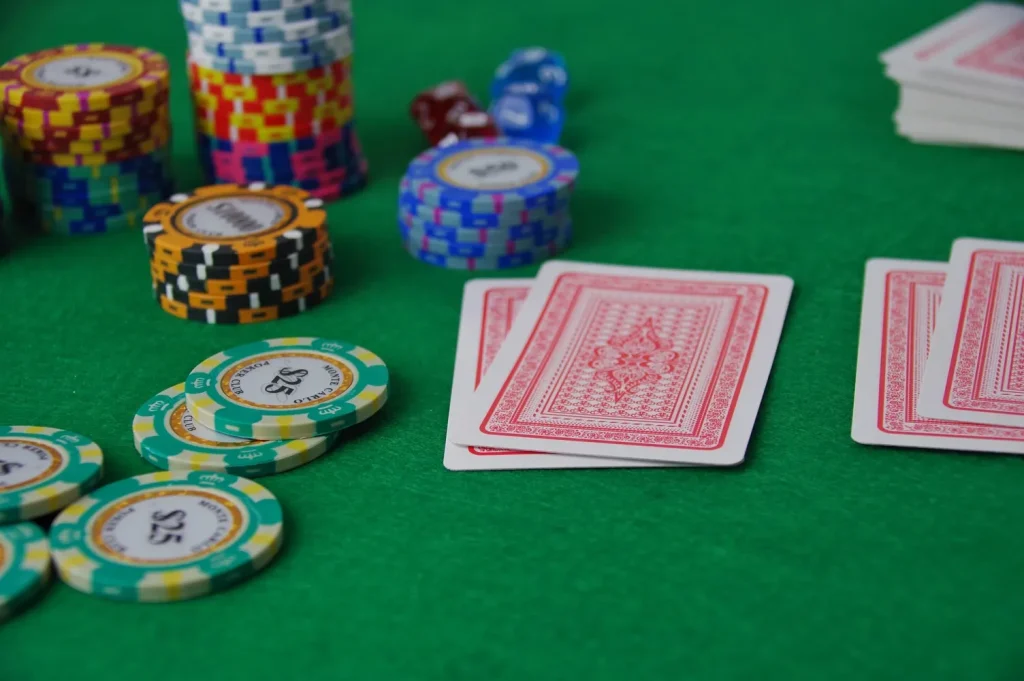Baccarat is one of the most elegant and popular casino games in the world, but have you ever wondered where it all began? Like many timeless games, baccarat has a rich history filled with mystery, evolution, and even a bit of controversy.

The Early Days In Italy
Baccarat’s story begins in Italy, where it’s believed to have been created in the 15th century. The game’s name comes from the Italian word baccara, which means “zero,” referring to the value of tens and face cards in the game. Some historians credit an Italian gambler named Felix Falguiere for inventing the game, although there’s no definitive proof.
Back then, baccarat wasn’t quite the game we know today. It had a slightly different set of rules and was often played with tarot cards instead of the standard deck of playing cards we use now.
The Game Travels To France
In the late 1400s, baccarat made its way to France, brought over by soldiers returning from Italy during the Franco-Italian War. It quickly became a favorite among French nobility, particularly King Charles VIII and his court.
In France, two versions of the game emerged: Chemin De Fer and Baccarat Banque. These variations added new rules and a touch of strategy, making the game even more engaging. For centuries, baccarat remained a game for the elite, played in private salons and exclusive gatherings.
Baccarat Goes Global
By the 19th century, baccarat origin traces back to Italy and began to spread beyond Europe, reaching other parts of the world. It gained popularity in England, where it was featured in high-society circles, and later made its way to South America and the United States.
In the U.S., baccarat underwent further evolution, leading to the creation of the modern version most people play today. The simplified version of the game, often referred to as Punto Banco, became a casino staple thanks to its straightforward rules and fast pace.
Why Does It Matter?
The baccarat origin isn’t just an interesting history lesson—it’s a reminder of how games evolve over time, influenced by culture and tradition. Today, baccarat is enjoyed by players from all walks of life, offering the same thrill that captured the hearts of Italian gamblers and French royalty centuries ago.
Final Thoughts
From its humble beginnings in Italy to its rise as a global casino favorite, baccarat’s journey is a testament to its enduring appeal. Whether you’re playing at a casino or learning for the first time, you’re part of a rich tradition that spans centuries. Enjoy the game and its fascinating history!

